Building a deck is one of the most popular home improvement projects in the country. It’s also one of the most dangerous construction projects that homeowners can undertake on their own. Whether you’re doing it alone or with the help of constructors, it’s important to follow building code requirements to ensure your deck is safe and meets local regulations when it comes to building your deck.
There are many different types of decks, but they all have one thing in common, they need proper support. The International Code Council (ICC) has created minimum standards for constructing decks based on their intended use and height above grade. Failure to meet these building codes could result in serious injuries or even death from falling off a poorly built deck.
The ICC publishes various model building code documents, including those related to decks and other structures. These include IBC – International Building Code and IRC – International Residential Code. This article will take you through the key code requirements for residential decks, as well as some best practices that will help keep you safe while building your new addition.
Draw Up Your Plan
The first step in deck building is to clearly define your project scope. In the model building code document IRC, this is called Defined Permitted Uses. You will need to specify whether you are going to build a ground-level or elevated deck and if it will be used for a private residence, guest house, and storage structure.
After drawing the plan, submit it to the local building department to obtain a building permit. After constructing your deck, make sure it’s inspected to ensure compliance with applicable codes. If you’re not working with a contractor familiar with the codes, it’s good to study some sections of IRC and the codes published by your local building department.
Footing Size and Depth
After laying the perimeter of your deck, set the footings that will support the posts and the deck. The code specifies the minimum width and thickness depending on the beam and joist span. Size your footings by consulting Table R507.8 of the code.
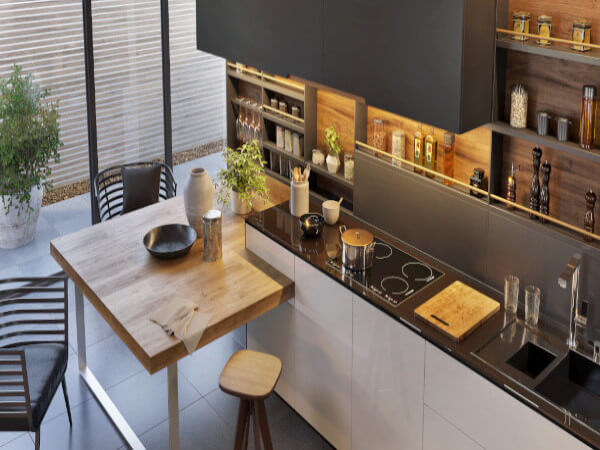
Image credit: http://aconcordcarpenter.com/
If you’re installing square footings, they should be at least 21 inches wide and 9 inches thick, and your beam spacing should be less than 8 feet. For circular footings, follow the same size guidelines but use a formula in IRC Table R507.9 to figure out the footing depth.
Remember that your footing depth must be at least as deep as the thickness of your frost line, and also keep in mind that some codes require even deeper footings beyond your frost line if you live in an area with cold winters. The footing sizes will also depend on the soil’s load-bearing capacity, and the live load, the deck, must support.
Posts and Beams
Any wood you’re incorporating into your deck structure in ground contact must be pressure-treated lumber. If the beam is more than 1 thick, you may want to consider doubling up on 2×12 beams if they have a span of more than 10 feet. If you’re deck posts on concrete footings, ensure you secure them with positive hardware connections.
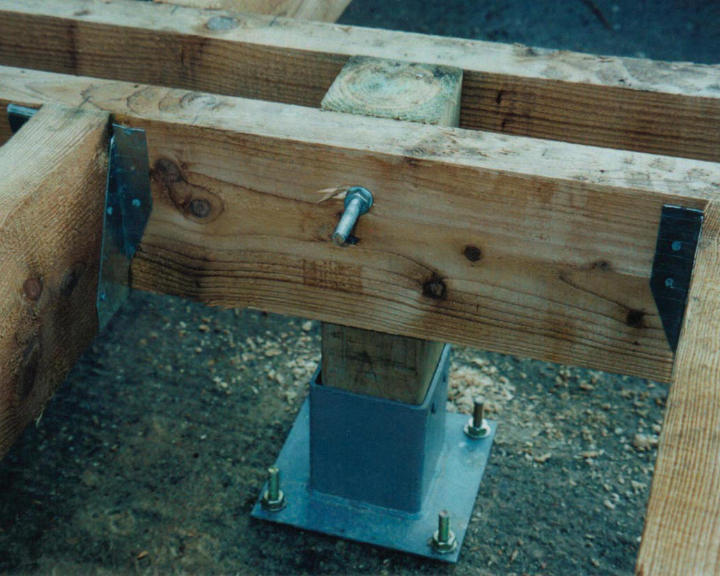
Image credit: https://www.qualitydecking.co.uk/
For all other post sizes and joist span, refer to IRC code R505 for limb size limitations and spacer requirements depending on how old the deck load requirements are. Beams resting on footings need to be cut in with a ¼” x 1½” slope away from the house. All beams must have multiple joist hangers with no less than one joist hanger per bearing point when using 2x lumber.
Ledger Boards
It’s okay to attach a deck to the side of your house or other structure, and when doing this, you’ll need the support of a ledger board. The ledger board must be greater than the width of the floor joists. Attach the board to the floor framing behind the siding using screws or bolts of adequate size.
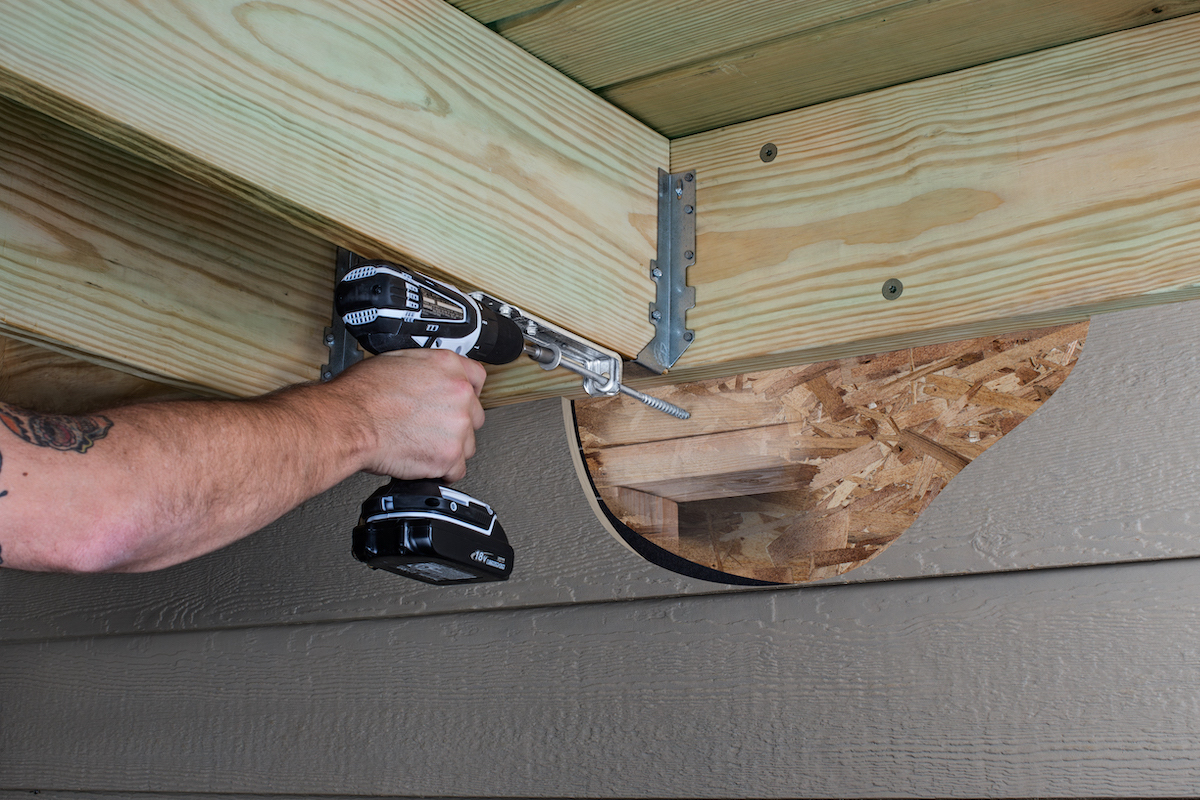
Image credit: https://s3-us-west-2.amazonaws.com/
For installations where siding is not present, attach the ledger to the studs with at least one ½” lag screw into a top plate and bottom plate. Use joist hangers to attach the joists to the ledger boards and ensure you secure the two outer joists to the floor joist on the other side of the wall with joist hangers.
Deck Guardrail Height
The IRC requires diagonal bracing on all free-standing decks higher than 30 inches. The bracing must connect each post to the beam or joist that’s supported by the post. Make sure the bracing material is 2×4 lumber, and use 1/2 inch through the bolt at each connection point.
The railings must be at least 36 inches high and include balusters that are no more than 4 inches apart. You must attach each guard post supporting the railing to the rim joist with two 1/2-inch through bolts.
Joists and Decking Boards Requirements
You must attach the decking boards with 3/8-inch carriage bolts, 1.5 inches long, with washers and nuts. Space the fasteners every 6 inches along the edges of the boards and at 12 inches on center for interior joists. When you use two different wood species that are not compatible, you must separate them with a larger space filled with wood structural panel sheathing.
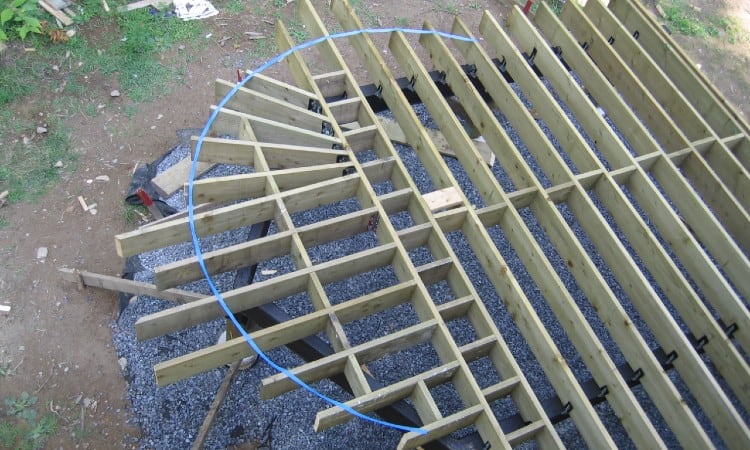
Image credit: https://plasticinehouse.com/
The deck joist must be at least 3 inches from the face of the ledger, and you cannot attach it to the side of a house that is less than 2 feet vertically from ground level unless you install blocking between the wall studs. Joist span length and spacing are functions of joist size.
Requirements for Deck Stairs
Stair, stair stringers, and stairs guards must meet the deck design and strength requirements for tread height and spacing requirements. The code lays out stair requirements for decks and other elevated surfaces. The maximum rise of a stair is 8.25 inches, while the minimum depth is 10 inches.
Stringers are required to have at least 4-inch tread depth at 12 inches from the nose of the stringer, and they cannot be less than 11 1/4inches in depth measured 11 1/2inches from the nose of the stringer. The stair treads must sustain a weight of at least 300 pounds.
The stair must have a landing that is at least as wide as the stairs themselves, and it cannot be less than 36 inches deep, measuring from the back of the stair stringers. In addition, there must be a handrail with an outside clearance of between 4 and 7 1/2inches on both sides of the stair.
Deck Balusters and Benches
Deck benches are not accepted as guardrail alternatives by the code. On the decks tall enough to require guardrails, the mastic of the guardrails is reduced to a minimum height of 30 inches from the decking surface. On deck balusters, the balusters should be 4 inches apart or less. One classic rule of thumb is that a 4-inch diameter sphere cannot pass through the balusters.
There should be maximum spacing for balusters to prevent small kids from getting stuck and falling through.
Guardrails and Handrails
There must be a minimum 2-inch railing on decks more than 30 inches above grade, measured vertically to the deck surface from the deck’s outside edge. There is no requirement for guardrails in decks less than 30 inches above grade (except for stairs), but there must be a minimum 36-inch-high handrail.
A 4-inch diameter sphere cannot pass through the space between balusters or any other opening in the railing. When it comes to guardrail strength requirements, the International Building Code requires that guardrails must be able to sustain a 200-pound force at the mid-span between posts without excessive deflection. You can use mid span blocking for various purposes in your deck building including when building a floating deck
FAQs on Building Code Guidelines for Decks
re decks considered as structures?
Decks are structures that help extend living spaces by creating outdoor environments that can be enjoyed year-round. The local building code should define a deck as a structure if it isn’t built over a garage or other structure on the same property, has two stories in height, and has an area greater than 120 square feet.
What is the minimum required deck size?
The minimum required deck size is determined by how many people can use the deck safely at one time. The local building code requires decks to have a minimum of 800 square feet in size if more than eight people can be on it at any given time.
Final Thought on Building Code Guidelines for Decks
There you have it! Even if you’re sure you have a handle on code requirements, it’s important to check with your local building department before you start new deck construction. This is because many states and localities often change their requirements, and it’s better to be safe than sorry.
The post Building Code Guidelines for Decks appeared first on Kitchen Infinity.
Did you miss our previous article…
https://chefbuano.com/?p=685
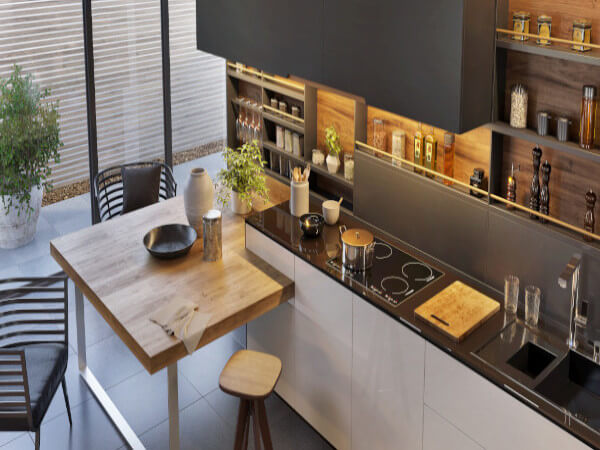

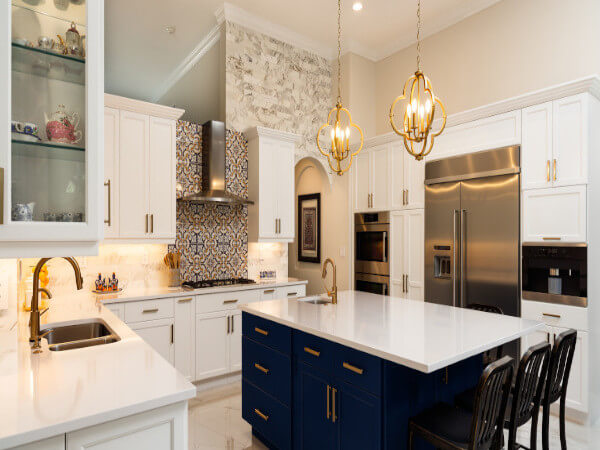
/godetia-plant-profile-4800077_03-0851a9a0fa004a18a5328540b257a908.jpg)